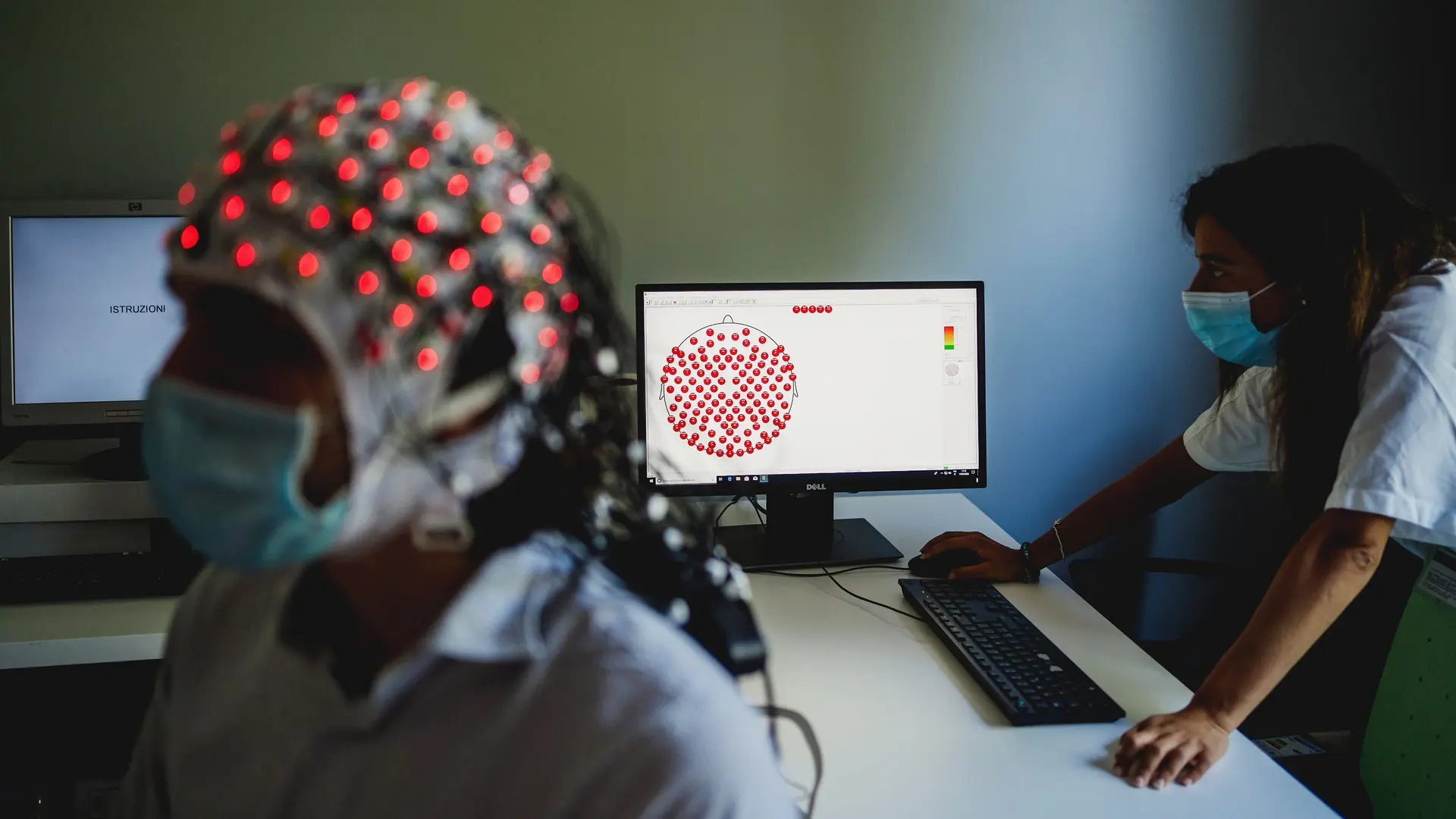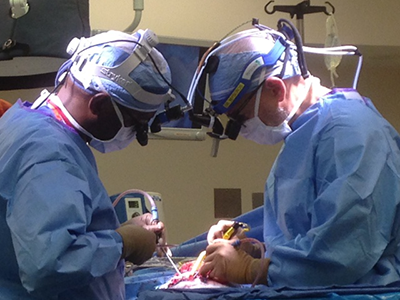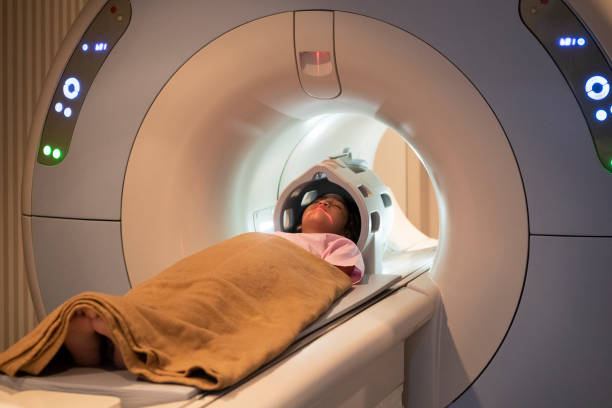Symptoms of PVL?
Every child with PVL is unique and will have his or her own set of symptoms, which often become apparent over time as the child develops, rather than all at once.
The most common symptoms of PVL are:
Trouble with vision and with eye movements
Trouble with movement, and tight muscles
Developmental delay that is increasingly apparent over time
What causes PVL?
Although the exact cause of PVL is not known, the condition is thought to be caused when the areas of the brain around the ventricles (the fluid-filled spaces of the brain) don’t get enough blood. This area of the brain is very prone to injury, especially in premature babies whose brain tissue is fragile. The more premature a baby is, the higher the risk for PVL.
Other factors that may be associated with PVL include:
Bleeding inside the brain (intraventricular hemorrhage)
Premature rupture of membranes (amniotic sac)
Infection inside the uterus
How is PVL diagnosed?
Newborns may not show symptoms of PVL in the first few days of life. However, since premature infants have an increased risk of developing the condition, doctors may perform the following diagnostic tests:
Cranial ultrasound: a painless test that uses sound waves to view the baby's brain through the soft spot on top of the head (fontanel)
Magnetic resonance imaging (MRI): this imaging procedure uses a magnetic field and radio to produce a detailed picture of the brain without exposing the infant to x-rays. PVL is a term that describes the way the affected infant’s brain looks on an MRI.
How is PVL treated?
Although there is no treatment for PVL, we may recommend other types of care for your child, such as:
Physical therapy
Occupational therapy
Speech-language therapy
Vision therapy
All these therapies are provided through early intervention programs at ICON Foundation.









